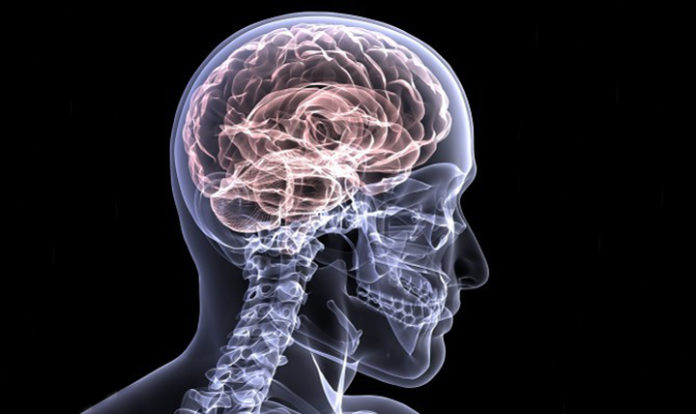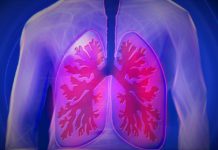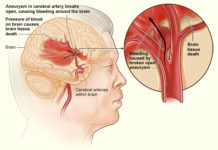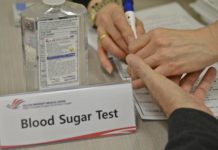
Targeted plasticity therapy doubles rate of movement recovery in stroke patients
A new rehabilitation technique called targeted plasticity therapy (TPT) could double movement recovery in stroke patients.
The novel technique invented by researchers at The University of Texas at Dallas has been shown, in a pilot study, to double the rate of upper limb recovery.
The results of the study were published in the journal Stroke.
The findings indicate that targeted plasticity therapy, which involves stimulation of the vagus nerve is safe and twice as effective as rehab alone. It has to be administered along with Physiotherapy.
A stroke occurs when blood flow to the brain is interrupted because of a blockage or a ruptured blood vessel. Limb mobility can be affected
“Stroke is too common and too debilitating for us to tolerate the status quo,” said Jane Wigginton, the lead author and chief medical officer at UT Dallas’ Texas Biomedical Device Center (TxBDC). “Patients need a real solution so they can get back to fully living their lives.”
The therapy technique pairs physical movements with precisely timed vagus nerve stimulation (VNS) which involves electrical stimulus of the nerve via a device implanted on the nerve in the neck.
Stimulating the vagus nerve initiates neural plasticity – reorganization of the brain’s circuitry. Synchronizing VNS with movement accelerates plasticity in a damaged brain, thereby facilitating recovery.
A stroke occurs when blood flow to the brain is interrupted because of a blockage or a ruptured blood vessel. Limb mobility can be affected when nerve cells are damaged. Such forms of brain trauma are often treated with traditional rehabilitation that includes repeated movement of the affected limb in an effort to regain strength and activity.
In this study neither the researchers nor the study subjects knew who was getting VNS stimulation and who was not.
In addition to showing that the technique is safe, the researchers found that subjects receiving active VNS scored more than twice as high as control subjects at the 30 and 90 day intervals.
“These results show our method has immense potential. We’re excited about what this could mean for millions of stroke patients worldwide,” said Kilgard, associate director and chief science officer of the TxBDC, who invented targeted plasticity therapy (TPT).













